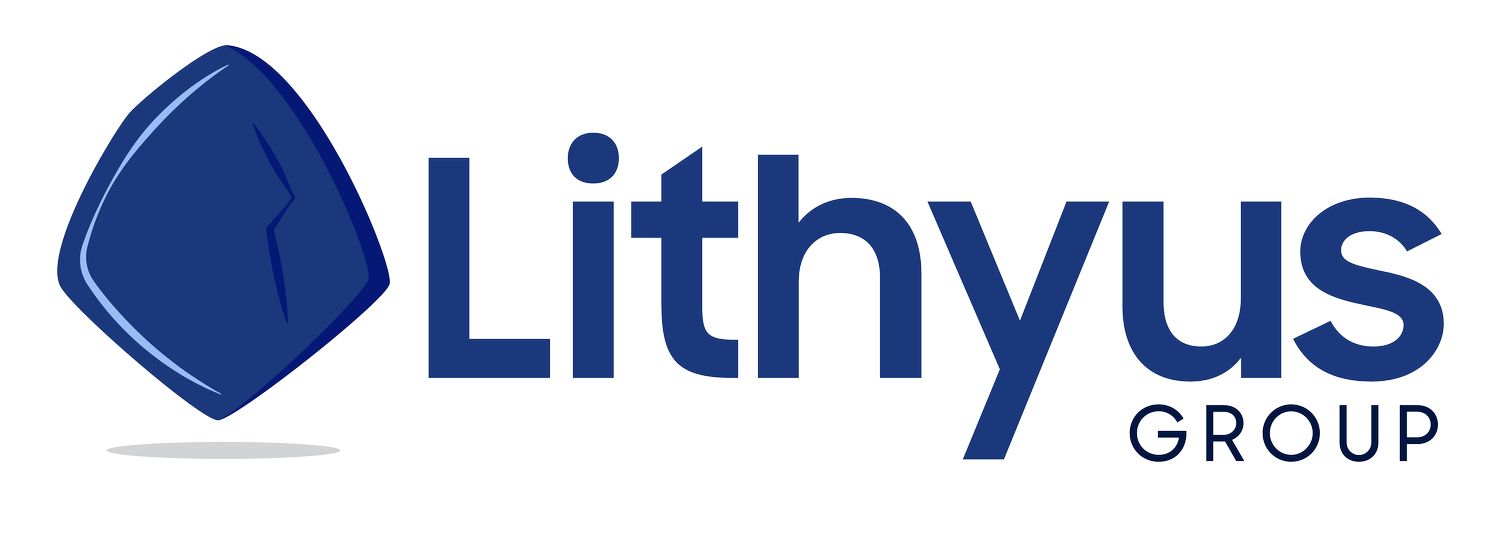How Remote Video Tools Make Us Better Communicators
This week, we're writing about how some of the adaptations required for "social distance" and remote working can affect communication with team members and colleagues. This post addresses:
Why remote video tools may have made you a better communicator
The ups and downs of remote visibility
Three practices we've adopted for our 100% remote Role Assessment programs
Why remote video tools may have made you a better communicator
Public speaking is the classic, number 1 fear of most people. With the move to work from home, many of us suddenly found ourselves speaking to a crowd on a daily basis.
There was a learning curve for everyone. However, many people began using resources they'd never had before to assist them.
Notes onscreen to help you look into the camera and make your points.
Quick slide decks and screen shares to have others see what you see (not to mention the added benefit of minimizing the size of your image)
Recording to the cloud for distribution to people who cannot attend.
What is common to each of these - and the fundamental improvement that most leaders made - was preparation. Simply by giving advance thought to what was going to be said or shared, you improved the clarity of your message.
The ups and downs of remote visibility
Like everything, working remotely (for those who have the ability to do so) has its ups and downs.
Initially, some employees reported feeling more connected with team members who had always been geographically remote but were now more visible through Zoom and Teams. This new access to others had a democratizing or leveling effect, with senior managers and rank and file each sitting at their own kitchen table in solidarity. Yet, eventually many employees began to feel less visible to management. If you're interested in reading more on this subject, we recommend two articles from the Harvard Business Review.
Three practices we adopted for our remote programs
We want to share three specific actions that we found to be particularly helpful when using remote video conferencing.
Naming the focus of the interaction and putting that focus on the screen.
When the focus is on content, we screen share and encourage folks to be off-camera.
When the focus is on one-to-one interaction, we insist on video and minimize the use of visuals
When the focus is on engagement, we use whiteboards, surveys, polls, etc. to drive action.
Encouraging participants to be at a location and dress in a way that makes them comfortable.
We found that unnecessary physical formality can be a barrier to open dialogue, so we became more flexible.
Using the "extra" resources that the various video conferencing tools offer enables us to focus more on our clients.
Cloud recordings, live transcription, and even the "thumbs up" icon enable us to remain focused on the conversation at hand. No need to worry about making sure you get everything on paper in the moment.
Best of luck this week in all things, but particularly in leading video conferences. Trust that your team values seeing you and being seen by you.
If we can help you assess and address institutional knowledge and knowledge transfer within your organization, we'd be honored to have the opportunity.
